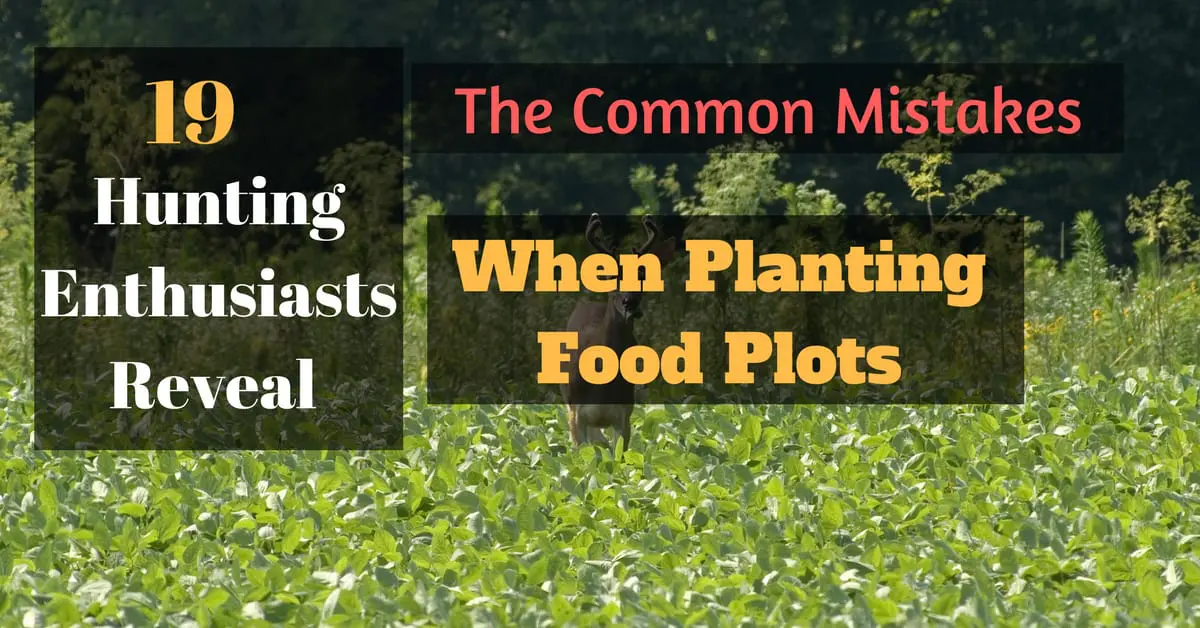
I get asked this question quite a bit! When I first started hunting, it was a natural question I asked myself as well. If you are looking to set up a deer stand and need something to draw the deer in, then you need to know what sort of feed to buy.
On the other hand, knowing what Whitetail Deer eat in the wild will help you find deer while stalking out in the woods or the mountains.
Let’s take a closer look at what Do Whitetail Deer Eat?
The Link Between Deer and Cows
If you didn’t know this already, whitetail deer and cows have something in common. They are both Ruminates which means they both have multi-chamber stomachs.
Just as cows access and chew their cud from several stomachs, deer also store food in different stomachs and regurgitate it later to munch on a second or third time.
Having multiple stomachs mean that deer typically feed in the morning and evenings and then find a place to lie down to rest and chew their cud to digest all that they’ve eaten.
Deer may look like dainty creatures, but in reality, they eat like pigs. Whitetail deer, in particular, can eat up to 9 pounds of food a day – that’s about twice as much food as a grown man eats per day!
What’s on the Menu?
We enjoy variety on our plates – Whitetail Deer are no different when they feast! Deer are herbivores, so they eat a broad range of Woody Plants, Forbs, Nut Crops, Fruits, and Crops. I’ll briefly cover examples of each of these groups below.
A: Woody Plants
Woody plants include any tree, shrub or vine. Deer typically enjoy leaves, twigs and buds of woody plants during all seasons.
B: Forbs
Forbs are “weedy” plants other than grass like wildflowers. This type of food is very nutritious for whitetail deer and is critical to their health.
C: Nut Crops
Deer also enjoy snacking on nuts when they get the opportunity with acorns being their favorite. Depending on the year, nut trees produce differently, so this isn’t a guaranteed source of food for deer.
D: Fruits
Favorites during the summer and fall, deer enjoy whatever fruit they can find due to the high energy content in fruit.
E: Crops
Last but not least, deer enjoy browsing through our gardens and eating whatever they can find. Garden snacking deer are visitors farmers know all too well.
Seasonal Dishes
Deer, like humans, are seasonal eaters. When Thanksgiving time comes around in the fall, we break out the pumpkin pie, right? The same goes for whitetail deer.
Depending on the season deer will eat what is available and tend to eat dishes that become seasonal favorites. The folks at Foremost Hunting put together an excellent, exhaustive list you may want to check out to see what’s available for deer to eat each season.
Where to Find Deer when Stalking
As I said earlier, since deer are Ruminates and graze during the morning and the evening, it helps to find deer by looking for where they might be feeding or bedding down to chew their cud.
Since you know what they like to eat for each season – it shouldn’t be too difficult for you to track down where the deer cafeteria is for that month. Additionally, it’s good to know what sort of trees deer enjoy using for cover and where they like to bed down.
I recommend taking a simple walk through your deer lease where you hunt to note what sort of vegetation and trees you find in different locations. Once you have a type of food map/bedding map in your head, it should be a lot easier for you next time you go hunting.
Setting Up a Deer Lick
Last but not least, you may decide you would like to set up a deer feeder or deer lick to draw deer near your stand. You could buy a salt lick brick , or you could try your hand at mixing your own if you feel adventurous.
The Ike from Ik’s Outdoors has put together this detailed tutorial on how to mix your own Deer mineral. I’m thinking about trying this myself!
Knowledge is Power – Food For Thought
Now that you know what sort of food whitetail deer enjoy eating, I hope you will use this knowledge to become a better hunter! Remembers these few points, and you should be able to find or draw in white tail deer next time you’re out on a hunt.
- Remember that deer eat different food sources depending on the season.
- Make a foliage map of your property to see where deer may be eating or bedding down.
- Use Deer Licks to condition deer to eat near your stand.
If there’s anything else I forgot to mention here, please feel free to comment and share what you discovered works for you. The more we know, the bigger and better game we’ll hunt!























